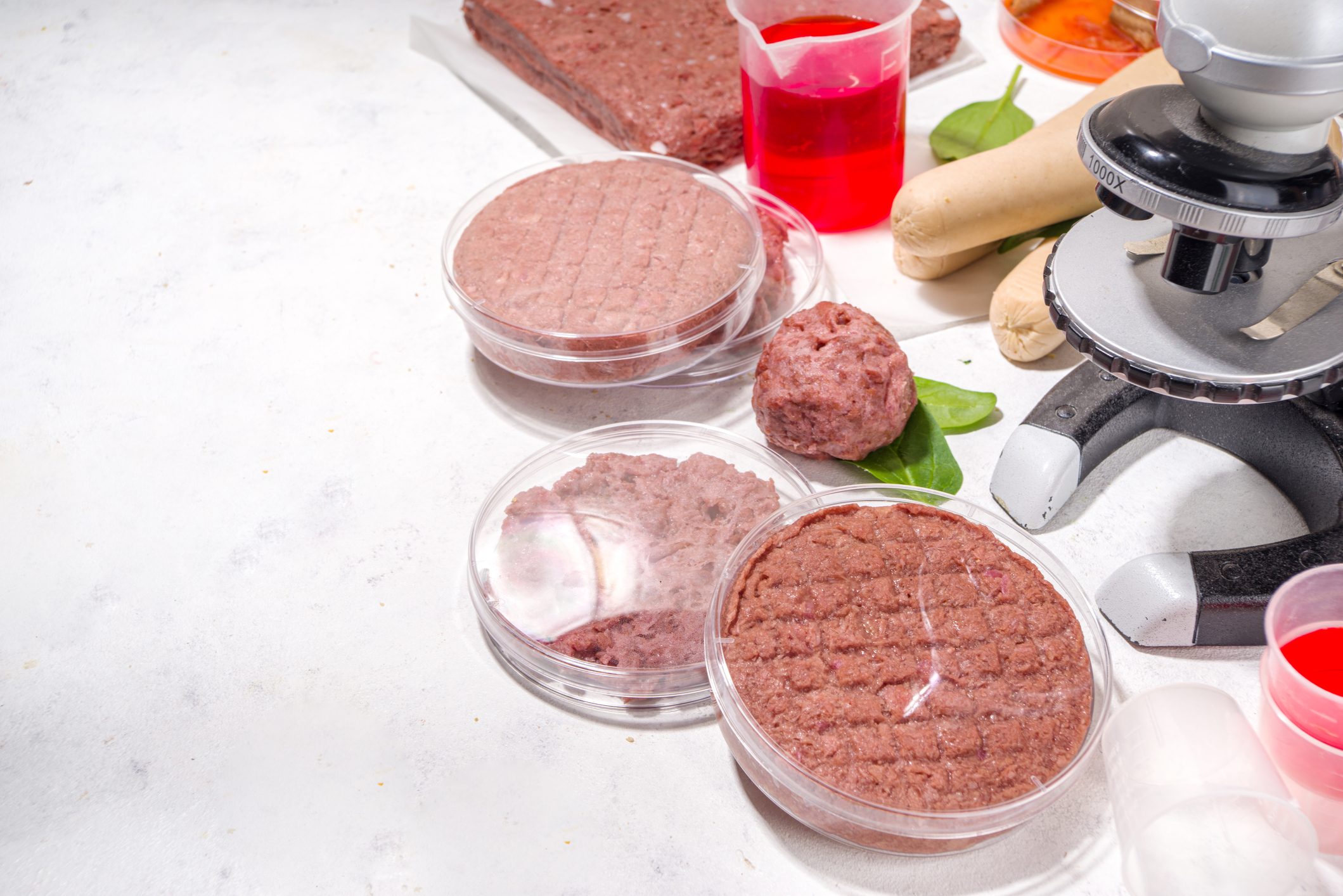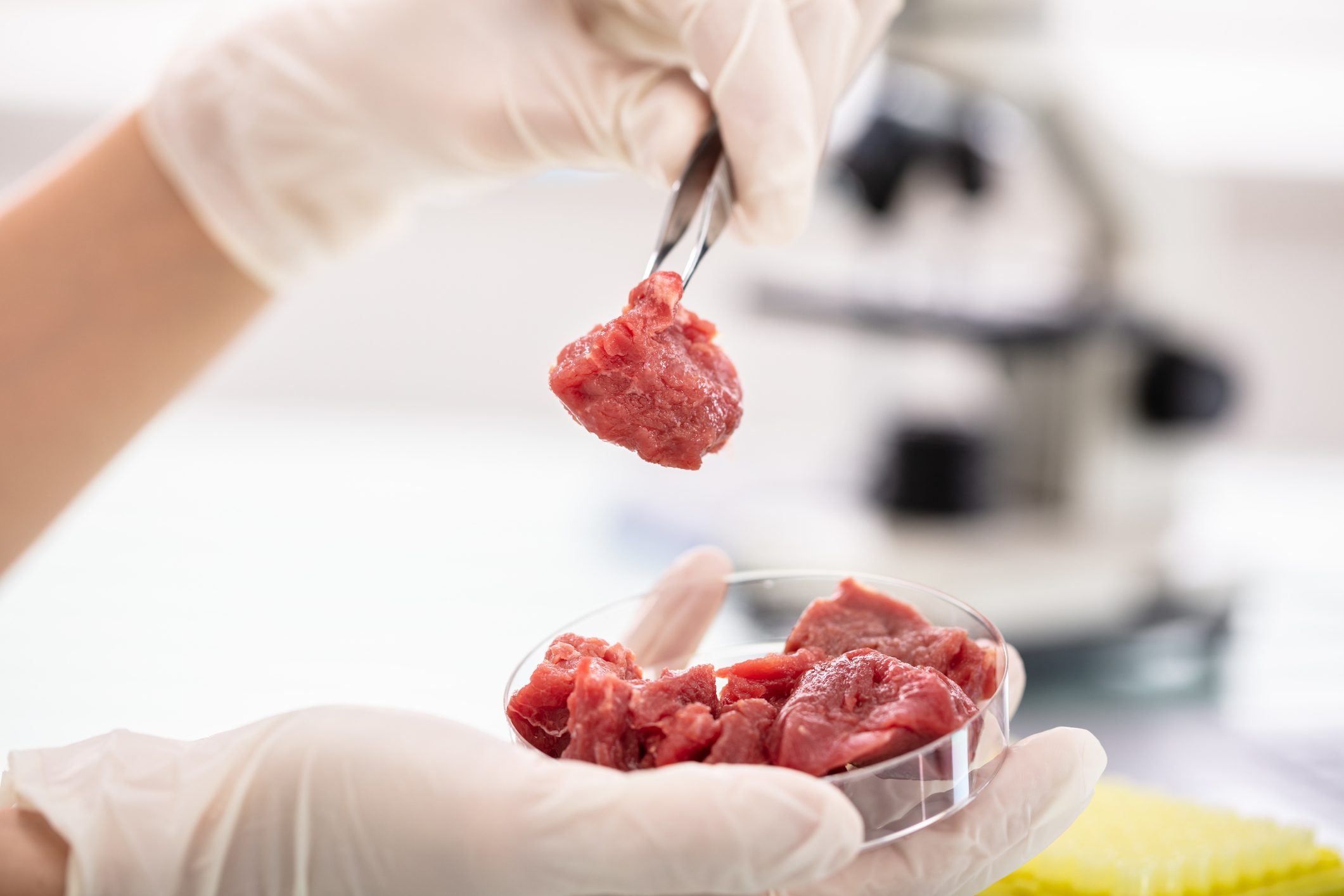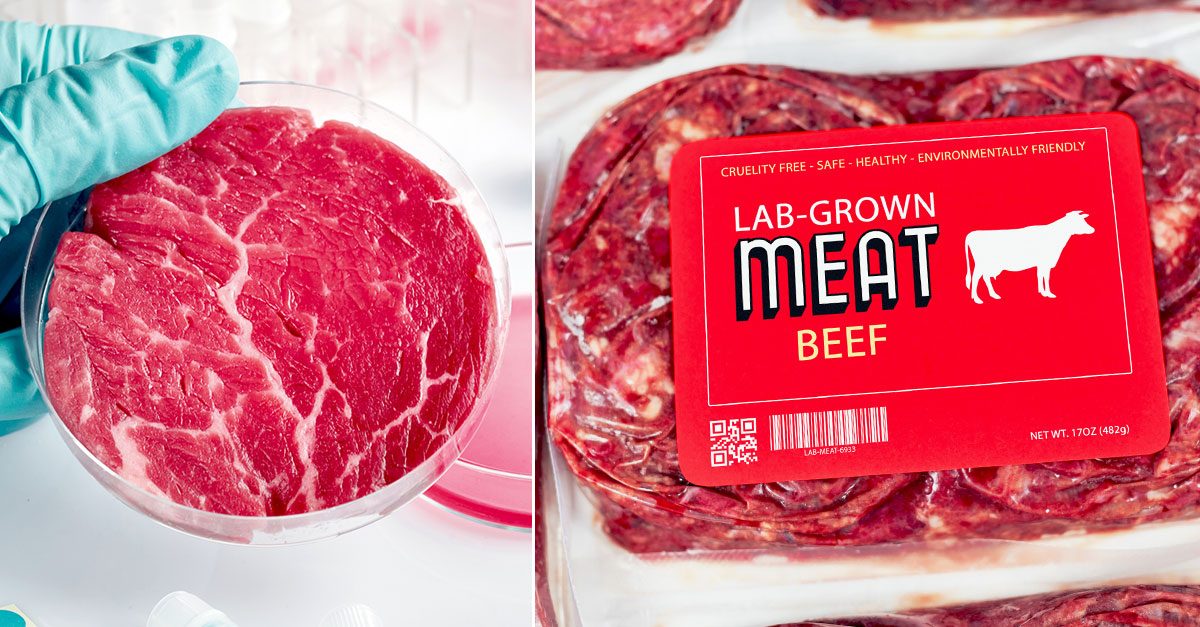Here’s All You Need To Know Before Eating Lab-Grown Meat
Lab-grown meat has been a thing for quite some time now but many still don't know what it is about or how safe it is relative to farmed meat. In this article, we examine some details about Lab grown meat that is sure to leave you educated on the subject.
;Resize,width=742;)
Lab grown meat has had a number of names. At first they called it Vat meat which did not sound very appealing. Then it changed to lab meat as formulas were perfected, followed by a more pleasant tag, cultured meat.
These days, they call it cultivated meat and it is getting more popular as people increasingly become aware of the impact of farmed animals on the climate.
The Process of Making Lab-grown Meat
Cultivated meat is grown in anything including a test tube, a stainless steel bioreactor and everything in between.
The process is borrowed from research into regenerative medicine, and according to reports, Prof Mark Post of Maastricht University, the man who first successfully cultured the world’s first burger in 2013, was previously working on repairing human heart tissue.
To make the cultivated meat, cells are harvested from an animal via a painless biopsy, then moved into a warm, sterile container filled with a growth medium made up of nutrients including salts, proteins and carbohydrates.
Every 24 hours or so, the cells will have multiplied.
How Different Is Cultivated Meat From the Real Deal?

Cellular farming doesn’t grow slices of meat, complete with bone and skin, or fat. Muscle cells can only be grown under certain conditions and the same can be said for fat cells, so they must be made separately.
When the pure meat or fat is harvested, it is usually a formless paste of cells which is why the first cultivated meat products ever made have been chicken nuggets or burgers.
Fortunately the flavors are the same as real meat and also seen to be healthier as they are produced in a sterile environment where there is little to no risk of contamination.
Is Lab-grown Meat as Nutritious as Normal Meat?
Experts believe so. A spokesperson for UPSIDE Foods, a San Francisco-based frontrunner in the cultivated meat area, once stated that the nutrient contained with them will be similar, but that there will also be the chance to enhance or even personalize it.
They said: “We are exploring ways to improve the nutrient profiles of our products. Whether that’s less saturated fat and cholesterol, or more vitamins or healthy fats."

Conclusion
Lab grown meat is here to stay and more research is being carried out on further developing the concept and making it as safe as possible for the consumers and the environment.
Some can already enjoy this innovation like those from Singapore however it will take some time for mass production to become a reality.
;Resize,width=767;)
;Resize,width=712;)
;Resize,width=712;)
;Resize,width=712;)
